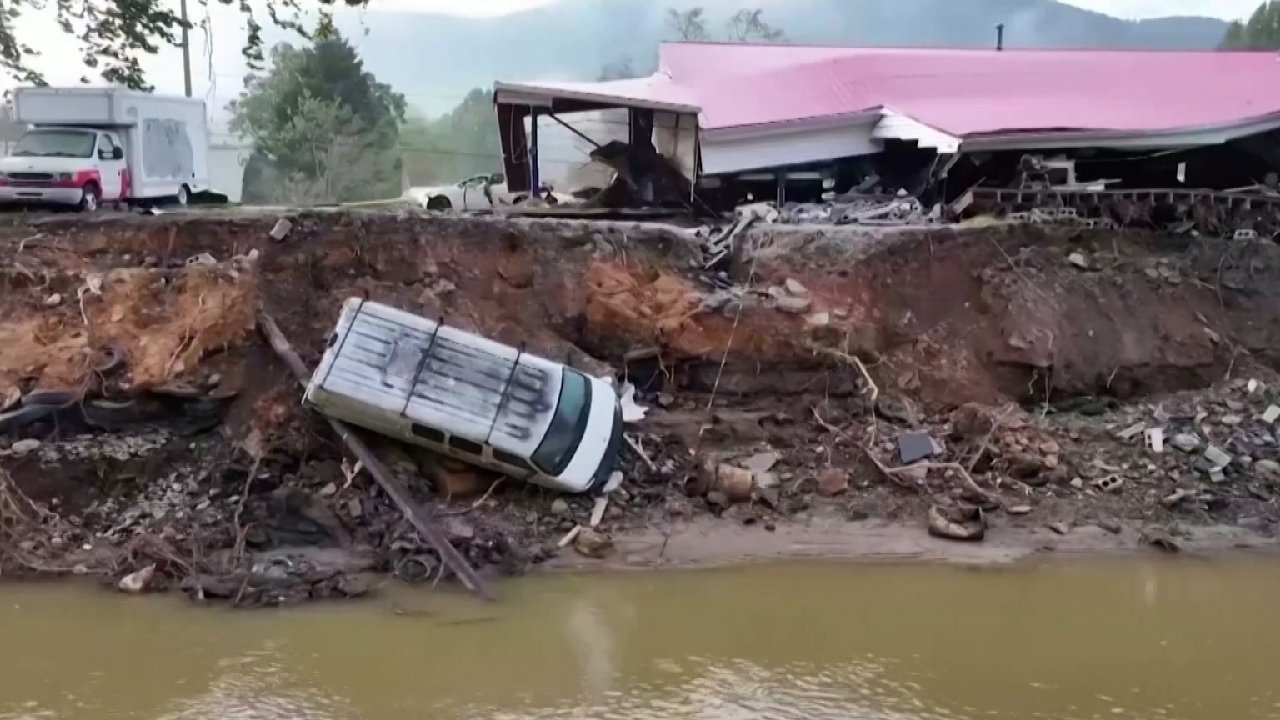Numerous hurricanes highlight serious worries over the insurance deficit in the U.S.
Concerns about the U.S. insurance gap have intensified following the impact of multiple hurricanes.

The situation is particularly dire as most property owners affected by Helene were either uninsured or lacked coverage through the National Flood Insurance Program.
The estimated cost of the damage from Helene ranges between $30.5 billion and $47.5 billion, with uninsured flood losses projected between $20 billion and $30 billion, according to data analytics firm CoreLogic.
Typically, standard homeowners' insurance policies exclude flood damage. Therefore, homeowners must obtain separate flood insurance or enroll in the National Flood Insurance Program.
As of May 2023, a Congressional Budget Office study revealed that 92 percent of properties at risk of flooding in the U.S. are not covered by the National Flood Insurance Program.
The insurance gap is poised to widen as states grapple with the consequences of climate change. In 2023, several weather and climate records were shattered, including the warmest July in the 174-year history of the National Oceanic and Atmospheric Administration. Since 1980, weather and climate-related disasters have resulted in estimated losses totaling $2.6 trillion.
Insurance companies are further complicating matters by increasing premiums due to the heightened demand for coverage in light of natural disasters. "Insurance regulation ensures that insurers remain solvent to pay for claims. This means they need more premiums and capital to ensure they have enough money to pay future losses," Charles Nyce, a professor of risk management and insurance at Florida State University’s College of Business, remarked in a recent interview with Salon.
Nyce provides a sobering outlook, indicating that the rise in premiums will disproportionately burden lower-income individuals, who are the least equipped to handle these additional financial pressures.
Anna Muller for TROIB News
Find more stories on the environment and climate change on TROIB/Planet Health












